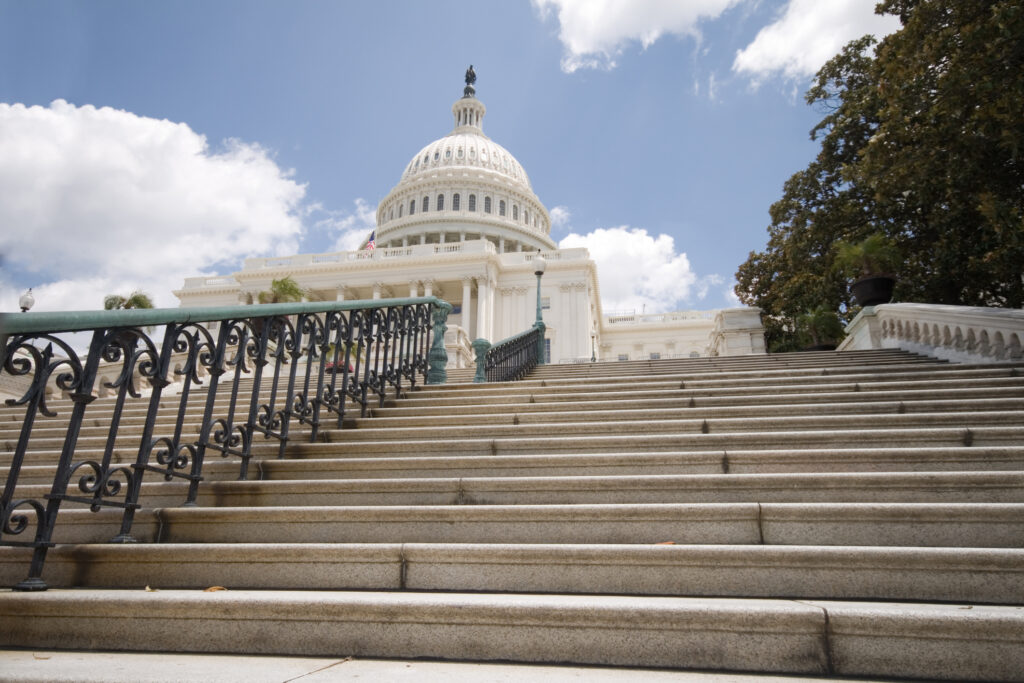Measuring the Impact of GOTV Operations

One part of the conversation this cycle that’s been obscured by the focus on the massive ad spending projections is turnout. Ad spending this cycle is projected to eclipse any previous midterm cycle, but remember the bar for turnout, which isn’t exactly that high, was set in 2018 when 49 percent of eligible voters cast a ballot — a 100-year high.
The connection between ad spending and turnout is a popular research topic, and vendors love dropping studies into their pitches that note the effectiveness of their offerings in helping get voters to the polls. Still, there’s often a disconnect between those studying the impact and those doing the actual work.
That’s why it’s worth watching closely to see what orgs like Vote.org release after the cycle wraps. The non-partisan turnout organization is currently studying the effectiveness of some of its programs.
“We’re running a randomized control trial right now with our radio tactics in partnership with Analyst institute,” said Andrea Hailey, CEO of Vote.org, adding they’re also doing a randomized control trial studying the impact of the group’s texting program.
“And then we’ll take a look at what was the effect that we had on the ground with our get-out-the-vote programs. We were able to motivate more people to participate? If so, by what numbers and margins? I’m really hoping to see … that we’re able to get near those 2018 numbers.”
Despite the jaw-dropping amount being spent on ads this cycle (yes, we know, it’s still less than Americans’ Halloween-related spending), Hailey isn’t exactly optimistic that the 2022 numbers will exceed those of four years ago.
“Is it going to get to 2018 levels? I don’t know the answer to that,” Hailey told C&E. “I don’t think we’ll see 15-percent drop off, which is the average drop-off we see in a midterm” following a presidential election.
What may happen is that turnout is concentrated. It’s higher in, say, Georgia and Arizona than it is Montana and Washington state. For instance, Hailey notes that traffic to the group’s website is at 91 percent of what it was in 2018, but in Georgia, Arizona and Nevada they’re seeing “100-percent plus spikes in participation on the site.”
That uneven turnout could give researchers more to work with when the dust settles on 2022.
